We started on a sandy beach that's a large sea turtle hatchery. Had to keep to the edges to avoid potentially crushing eggs under the sand. We didn't see any sea turtles in the area, but their trails were everywhere. A bit inland, it was land iguanas and tortoises.
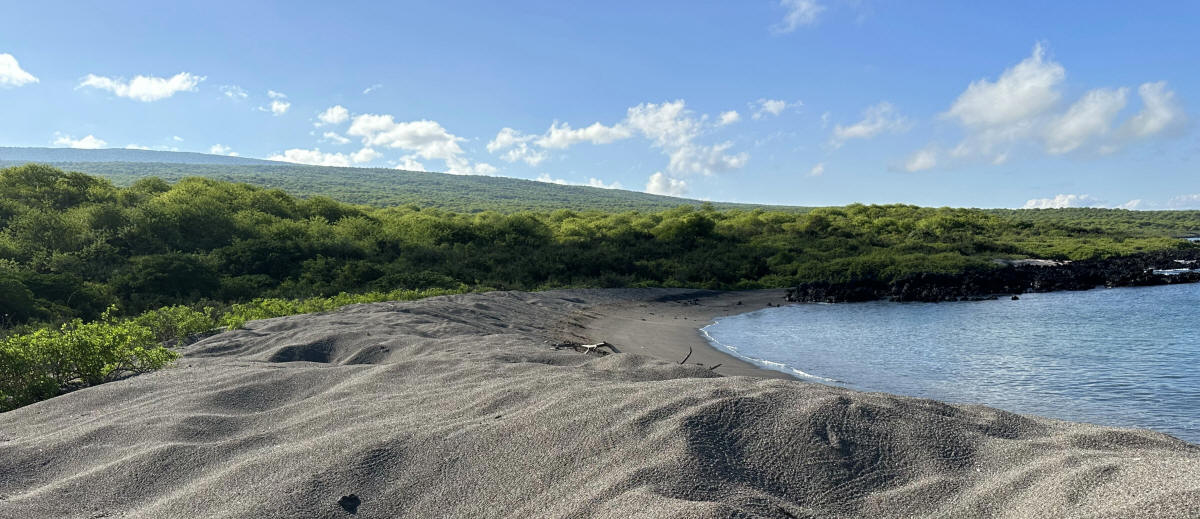
 |
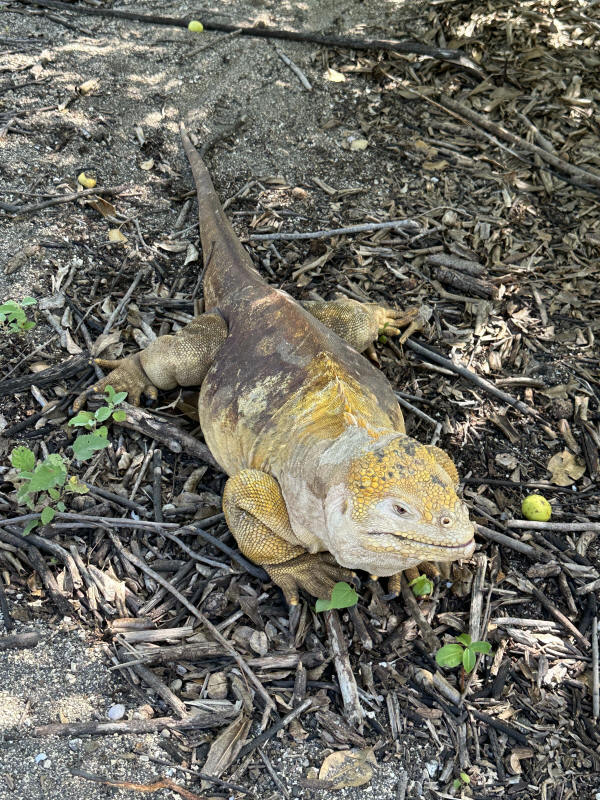 |
 |
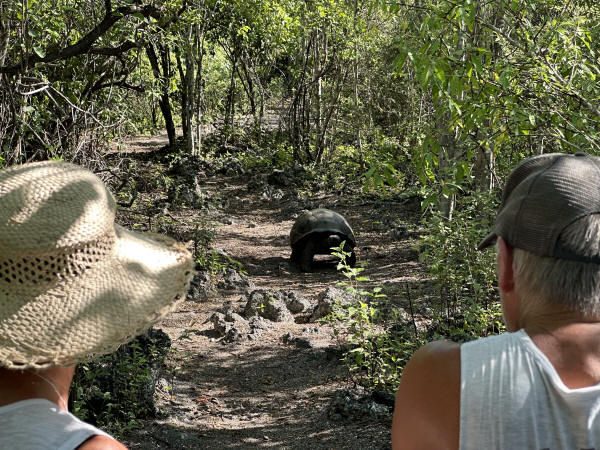 |
This part of the island is covered in vegitation, and there's a lot of brush with flowers, trees, and open fields (but you're not allowed off the trails, even for an open field... no picnics!). One problem with the dense underbrush are feral cats. We saw one for a moment but it took off before anyone could get a picture of it. A lot of the native bird species are dying out because of both the cats and rats (feral black and brown rats that have replaced the less voracious Galapagos rice rats). The guides told us that the number of vermillian flycatchers (pictured below, not my picture) has dwindled to the point where they haven't seen any in years.
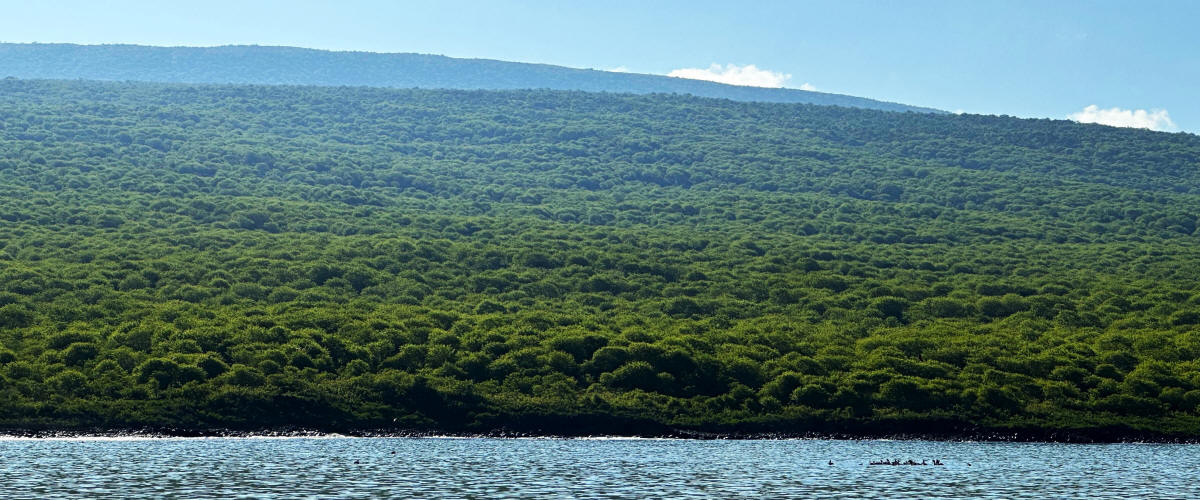
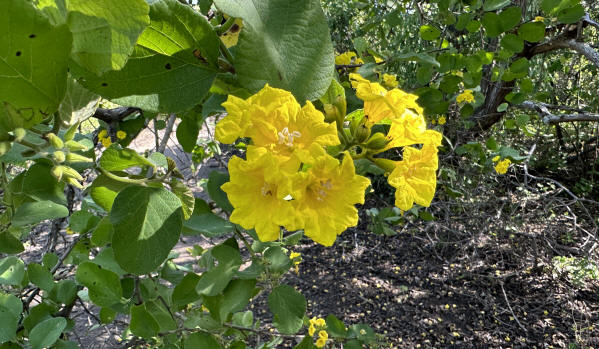 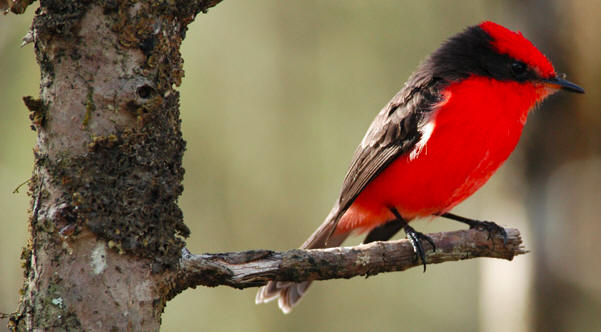 |
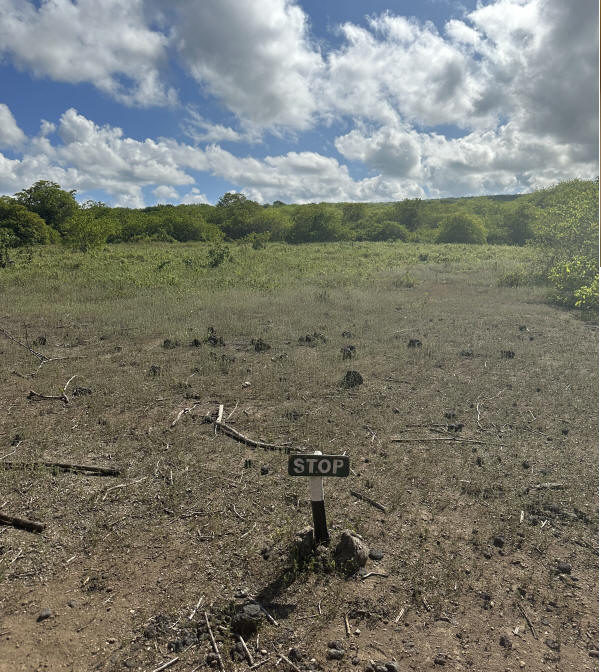 |
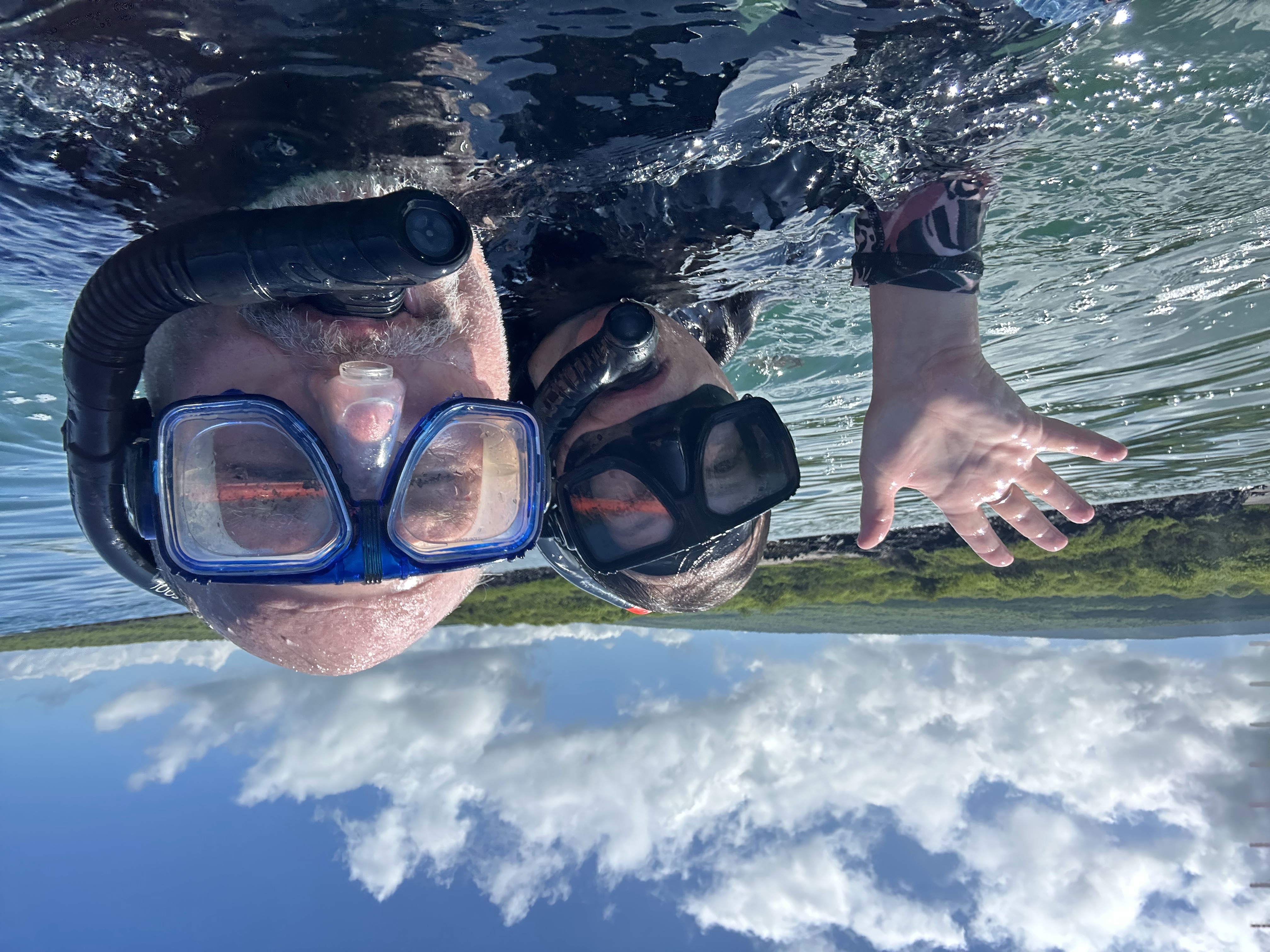
After the beach snorkel, we moved (well, the Infinity moved) to Tagus Cove. We started with another snorkeling session, which Alison opted out of because she was getting swimmer's ear. But she did kayaking instead, which was just as much fun.
 |
|
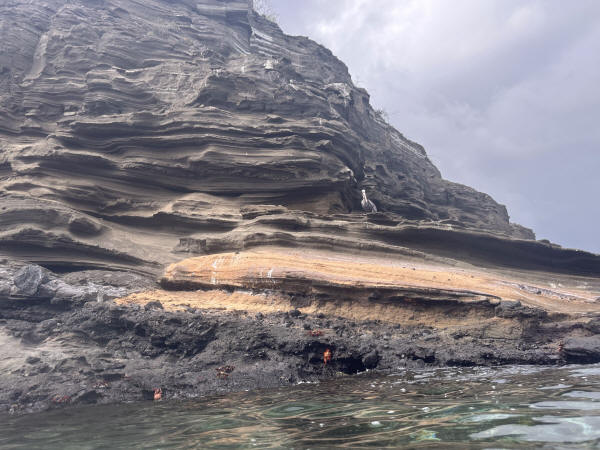 |
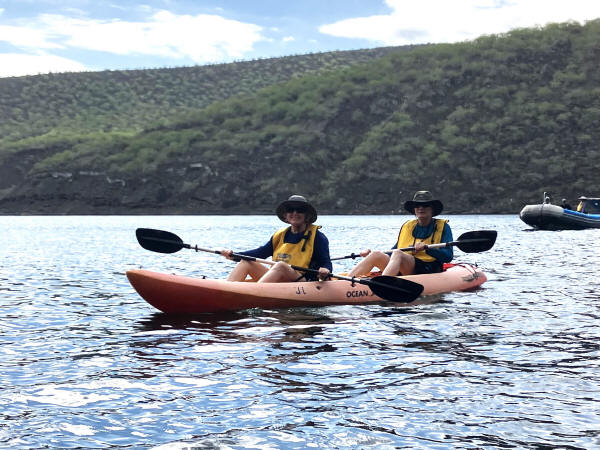 |
Then it was time to do a dry landing and hike. Tagus cove is a historical site visited by Charles Darwin in 1835, and graffiti has been carved into the rock walls by visitors over the past centuries in the form of ship names and dates. That ended when the Galapagos National Park was established in 1959-1960, but it's still interesting to see how people risked their lives scaling unstable rock cliffs for kicks, like you see today inside train tunnels. It's also a cool hike because of "Darwin Lake," which is a dead salt water lake just inland from the landing point; it's salt levels are too high to allow fish to survive because it's cut off from the ocean.
Sad footnote; the cove is named after a british ship that landed there in the early 1800s to gather tortoises as a food supply. Apparently the land tortoises can live six to nine months without water or food, so they provided fresh meat for extended sea voyages, and is the main reason for the extinction of so many of the different Galapagos species.
|
|
|
|
To the right ... some people might be cheating a bit after the graffiti ban -> |
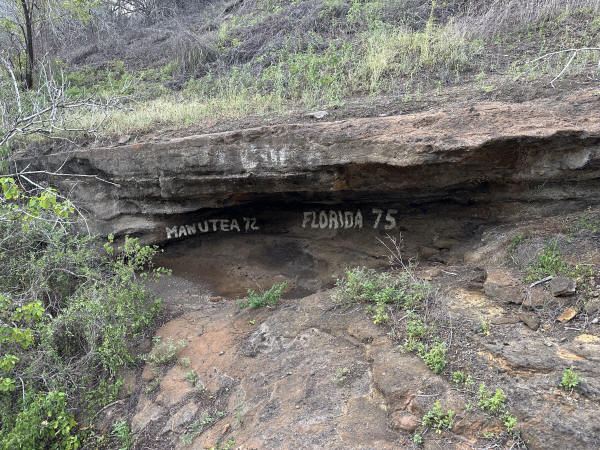 |
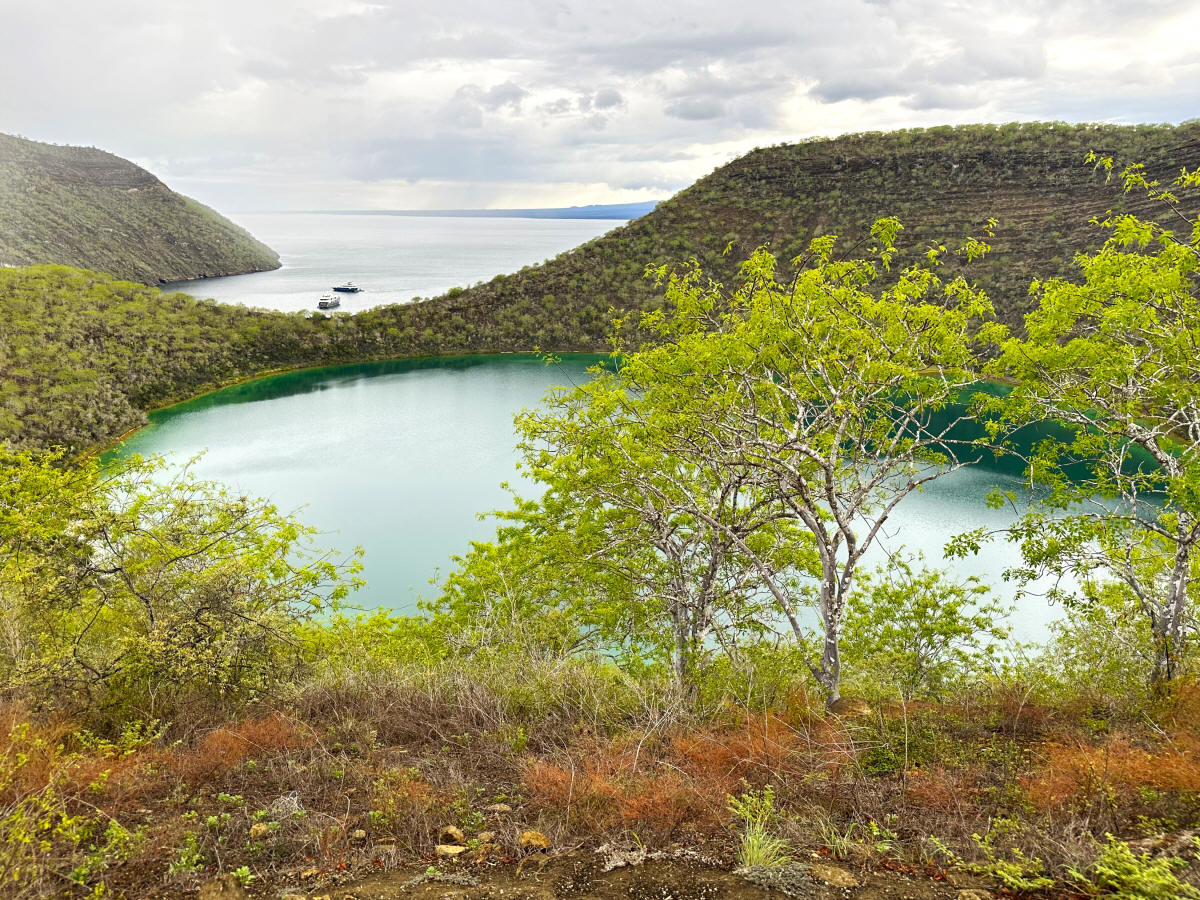
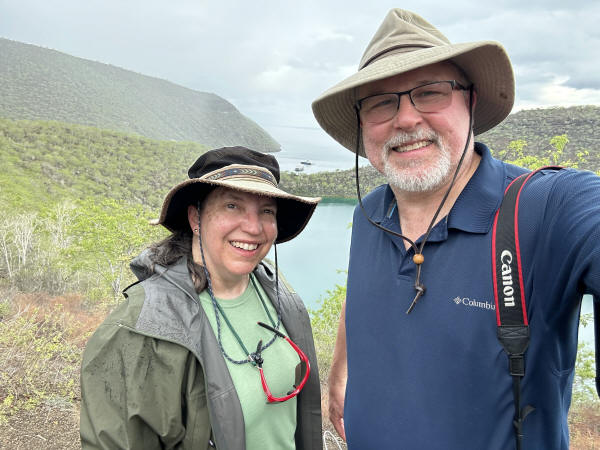 |
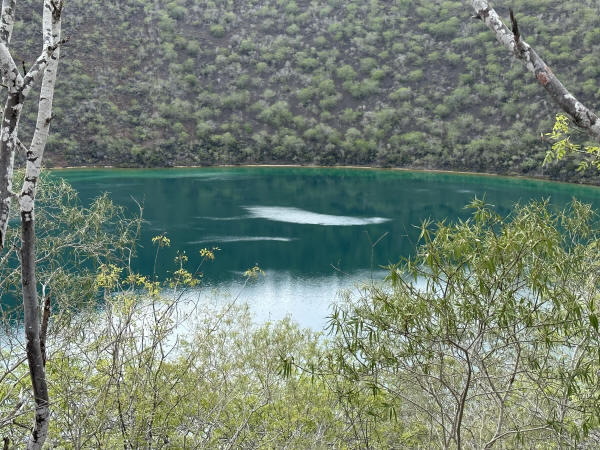 |
So, did I say "cool hike?" I meant "hot, and pretty vertical." The trail splits, and you can keep circling the lake, but we did the hike up into the foothills of one of the volcanos instead; the total trail was about one and half miles and I'd guess we were at 1500 feet at the end, so a moderately serious hike. But the views where incredible.
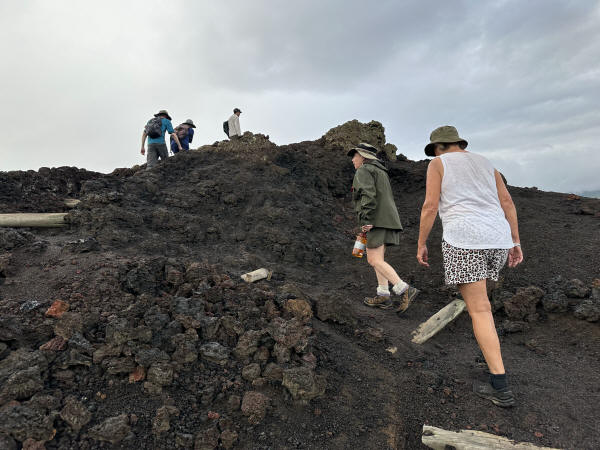 |
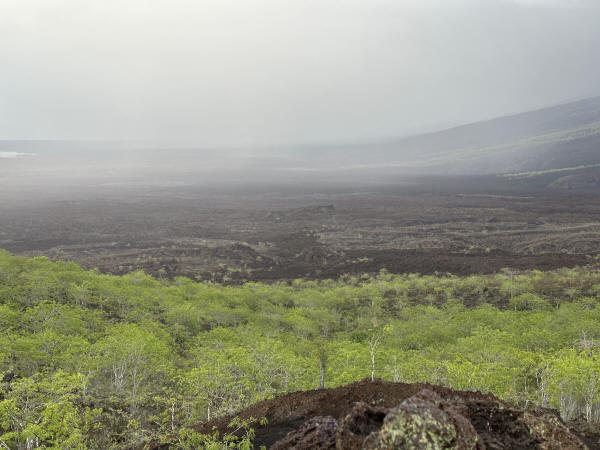 |
|
|
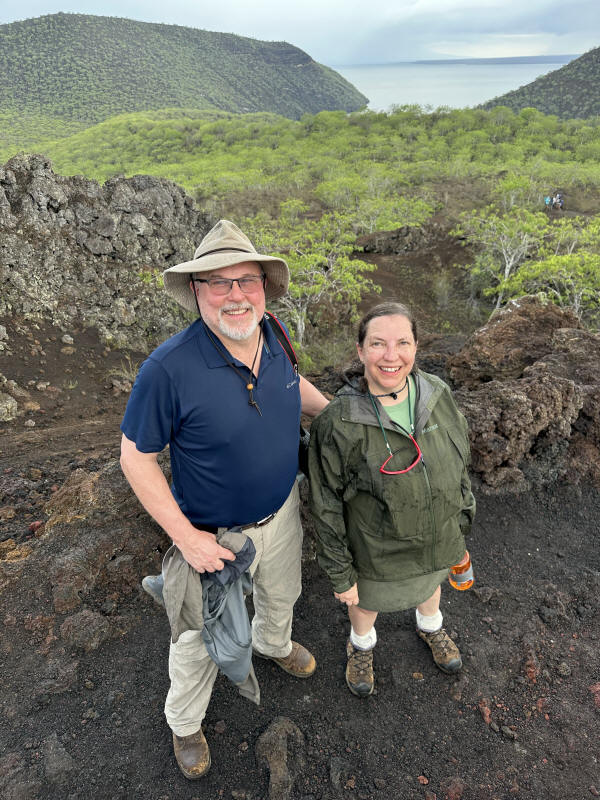 |
And then it was a long hike down, a panga ride to the boat, the by now all but written in stone gin and tonics on the back deck, dinner and bed while the ship traversed to our next location.